#LeanMethodology
Explore tagged Tumblr posts
Text

1. Introduction Title: Lean Six Sigma Green Belt Process Flow Optimization in Nagpur Overview: Emphasize the importance of Lean Six Sigma (LSS) Green Belt certification for optimizing process flows and driving operational efficiency in Nagpur's diverse industries. Objective: Discuss how this program helps businesses improve their process flows, eliminate inefficiencies, and achieve better overall performance. 2. Key Features of the Lean Six Sigma Green Belt Program In-depth Curriculum: Explore the core principles of Lean Six Sigma, focusing on process flow optimization, waste reduction, and efficiency improvement. Practical Approach: Participants will work on real-world projects to apply LSS tools and methodologies, ensuring they gain hands-on experience. DMAIC Methodology: The program covers the structured DMAIC (Define, Measure, Analyze, Improve, Control) approach for optimizing processes. Expert Trainers: Learn from seasoned professionals who bring years of industry experience and insight into the training. 3. Benefits of Lean Six Sigma Green Belt for Professionals and Organizations Skill Development: Gain the skills to analyze and optimize processes in any organization, leading to better productivity and reduced operational costs. Strategic Impact: Participants will understand how process flow optimization directly aligns with business objectives and long-term success. Boost Career Prospects: The certification is highly regarded, opening up career advancement opportunities in quality management, operations, and project management roles. Organizational Efficiency: Organizations benefit from enhanced productivity, reduced waste, and more effective process management.
#LeanSixSigma#GreenBelt#ProcessFlowOptimization#NagpurTraining#OperationalEfficiency#SixSigmaNagpur#ProcessImprovement#DMAIC#QualityManagement#BusinessExcellence#ContinuousImprovement#LeanMethodology#SixSigmaCertification#NagpurIndustry
0 notes
Text
Unlock the power of Lean principles and tools to deliver business value efficiently and sustainably! In part 2 of our series, delve into the 7 types of wastes, essential Lean tools like RCA, VSM, and JIT, and learn how to embody a Lean and Agile mindset for success. Don't miss out! Subscribe for more insights on Lean principles, Agile methodologies, and effective project management practices. #LeanPrinciples #LeanTools #AgileMindset
#LeanPrinciples#LeanTools#LeaninSoftwareDevelopment#LeanMethodology#leantoolsmeaning#jogoagilecoaching#jogocoaching#leanagileleadership#leantoolsppt#leantoolspdf#leanagilemeaning#leanagilemanifestoprinciples#leanagilecenterofexcellence#Whatisleanagile?#Leanagilemindset?#AgileandLean#pdcacycle#continuousimprovement#pdcafullform#pdcaisalsoknownas#continuousimprovementprocess#continuousimprovementexamples#pullsysteminmanufacturing#kanban#kanbanmethodology#kanbanpullsystem#kanbanpull#kanbanpullexamples#7typeofwastes#leanmethodology
0 notes
Text
Mastering Project Management: Essential Skills for Success in the 21st Century
Discover the essential skills every project manager needs to master in the 21st century! From leadership to risk management, stay ahead with our expert insights. Don't miss out—subscribe now for more tips and updates on professional development!
Effective project management is more crucial than ever in today’s fast-paced and ever-evolving business landscape. Whether you’re steering a small team or overseeing a large-scale initiative, the ability to lead, communicate, manage time, solve problems, and mitigate risks can make or break your project’s success. But what exactly does it take to excel in this multifaceted discipline? And how can…
#21stcenturyprojects#Agilepractices#communicationstrategies#LeadershipSkills#Leanmethodologies#modernmanagementtools#PMPcertification#PRINCE2certification#problemsolvingtechniques#ProfessionalDevelopment#projectmanagement#remoteteammanagement#riskmanagementstrategies#timemanagementtips#21st century project management#Agile practices#communication#Empowered Journey#essential skills#Hafsa Reasoner#leadership#Lean methodologies#modern project management tools#PMP certification#PRINCE2 certification#problem-solving#professional development#project management#remote team management#risk management
0 notes
Photo

KAIKAKU, which means "radical change" or "revolution" in Japanese, is a key concept in Lean management and operational excellence. It refers to a transformative approach to process improvement that aims to achieve significant and lasting improvements in performance. KAIKAKU is different from other process improvement methods, such as Kaizen, which focus on incremental improvements, KAIKAKU is characterized by a bold, dramatic change in the way a process is performed. One of the key features of KAIKAKU is that it is not just about improving the existing process, but also about rethinking and redesigning the process from scratch. This approach allows organizations to identify and eliminate sources of waste, inefficiencies, and bottlenecks that may have been present in the process for years. By starting with a blank slate, organizations can create a new process that is more efficient, effective, and sustainable. Read the full article and see how you can use it for your organization at operationsinsider.com Link in BIO 📚 Language of Lean Like❤️/Share✅/comment👇/follow👉@operationsinsider #operationsinsider #opex #waste #wasteattack #operationalexcellence #LeanManagement #Kaikaku #LeanMethodology #LeanThinking #ContinuousImprovement #Efficiency #radicalchange #processoptimization #WasteReduction #CostSavings #Empowerment #AgileLeadership #Collaboration #Innovation #Kanban #5S #Standardization #VisualManagement #ContinuousFlow #ValueStreamMapping #RootCauseAnalysis #Teamwork #BusinessOptimization #OperationalEffectiveness #LeadershipDevelopment (hier: Amazon Spheres) https://www.instagram.com/p/CoFNc5do0C8/?igshid=NGJjMDIxMWI=
#operationsinsider#opex#waste#wasteattack#operationalexcellence#leanmanagement#kaikaku#leanmethodology#leanthinking#continuousimprovement#efficiency#radicalchange#processoptimization#wastereduction#costsavings#empowerment#agileleadership#collaboration#innovation#kanban#5s#standardization#visualmanagement#continuousflow#valuestreammapping#rootcauseanalysis#teamwork#businessoptimization#operationaleffectiveness#leadershipdevelopment
0 notes
Photo

Implementing Visual Management Techniques
Visit us for Visual Management for your Facility - https://visualmitra.com/
#visualmanagement#visualfactory#leanmanufacturing#visualfactorymanagement#leanprocess#5svisualmanagement#5slean#leanmethodology
0 notes
Photo

Susan is headed for the mountains to ski 🎿 this week. The trip was planned months ago long before the holidays and is now in full execution mode. This isn’t her ski trip so the planning took time but was straight forward. Planning to do something new or bigger is often more involved. If you are feeling a bit stuck in creating your “do good feel good” plan for the whole year, join Susan to learn how to apply Lean Methodology and the Agile Method to see your “do good feel good” resolutions become reality. #newyearsresolution #agilemethodology #leanmethodology #leanmethod #lifechange #leavingsaltlqke (at Salt Lake City, Utah) https://www.instagram.com/p/B6--Te4AElk/?igshid=1dfxahfnw665v
0 notes
Text
Deploying Lean as Strategy Can Transform Organisations Towards Success
Very few companies and their promoters see the full potential of implementing lean to transform their organisation towards world class. Most of the traditional managers even see this as manufacturing thing and delegate to some one down the line to lead.
They also believe that implementation of lean as expense and not as investment and expect immediate returns in terms of ROI and payback. This results in focussing on cost cutting rather than cost optimisation. One of the common victims from this is removal of people who are mainly shop-floor associates and value adders. Eventually, organised resistance for Lean implementation starts which is not warranted.
Key focus on Lean implementation is to work on creating value and not on cutting costs. Also leading the way forward and not managing the day to day fire-fighting, minimal time in meetings in conference rooms and more shop-floor observations – gemba is preferred.
For the success of Lean transformation, focus should be on creating right process to give right results through aligned work force. Looking only from results point of view and not process approach will not be effective. Having clear ownership of people from order receipt to execution is important.
Related Article– How Lean Transformation is evaluated
Most companies work on silo system of departments which will be barrier for flow. Batch production should be gradually converted into continuous flow if not single piece flow with minimal waiting – wip between stations. The reason for presumed need for high batch sizes such as change-over time also needs focus. Minimizing spaghetti in material flow will also help in improving material flow and cost of operations through minimizing handling.
Key results from Lean implementation are as follows:
Improved customer delight and loyalty
Reduced Lead time
Improved productivity
Reduced change-over time
Reduced inventory
Increased business revenue
Improved bottom line – EBITDA
Reduced need for investment
Better utilisation of talent
Improved cash-flow
Reduced need for inspection
Faster product development
Reduced rejections
In order for success through Lean, the leadership team has to commit themselves to key principles that will serve as foundation and base for the transformation. Lean should be strategic thing to transform the organisation and not as one of such events. Most of the people consider strategy as a big thing or big picture or big idea and not considering Value adding as part of strategy. By using Lean thinking to improve process, reduce lead time, improve quality, lower costs, better customer service, freeing up working capital through reduced inventory all comes under strategic initiatives.
Moving to lean helps in execute that that are important to organisation and customers faster and more economical than competitors. Lean cannot be one of the things in organisations. It must be foundational core of every thing organisation is trying to achieve.
Seven Steps Business Transformation Systems is in the field of helping organisation in their journey of excellence. We have lead many turnaround projects as Lean consultants, TPM Consultants, TQM consultants across India and abroad. Our Head office is in Bangalore. However, we operate from Pune, Mysore, Hosur, Ahmedabad. We have worked with our customer locations far and wide such as Gurugram, Delhi, Neemrana, Pant Nagar, Calcutta, Chennai, Shimoga, Hosur, Sri Lanka, Dubai, Saudi Arabia, Visakhakapatnam, Hyderabad, Erode etc.,
We have consultants who are specialized in deploying best in class practices and have in depth knowledge on application of various lean methodologies such as Value Stream Mapping, Kaizen, Total Productive Maintenance, Total Quality Management, Theory of constraints etc.,
We also conduct various training programmes related to Operational Excellence and Business Excellence such as Policy deployment, Balanced Score card, Kaizen, Lean Experiential Learning, Lean Six Sigma Green Belt, Lean Six sigma black belt
We work with multiple industry sectors such as Automotives, Equipment manufacturing, defence products, pharmaceuticals, Aerospace components, high precision manufacturing, apparel to name a few.
Personal Development Programs
Basics of Business Excellence
Value Added Quality Management Systems
Total Productive Maintenance (TPM)
Lean Thinking & Lean Management
Leadership Training Programs
#TPM#Leanthinking#leanmanagement#leanmethodologies#operationalexcellence#leanimplementation#leantransformation
0 notes
Text
Why it was okay that I stopped working so hard
I am a self-confessed stress head.
I make endless lists. I have backups for my backups, contingency plans for every possible outcome, and I find myself trying to find solutions to problems that haven't even happened yet. Being unprepared is one of my worst fears. I exist in a world of “oh but what if...”
But no matter how much time you spend trying to avoid obstacles, the inevitable amount of stress and frustration rears its ugly head when something doesn't go according to plan.
The solution? Don't have a plan.
I didn't get it at first either. Being unprepared when it comes to working with clients is practically a sin. But as terrifying as that may sound, there is very simple logic behind it that is frequently overlooked. About 20 pages into reading The Lean Startup, something clicked.
Not too long ago I was stressing about making a big decision. However, this decision needed to be made on a basis of what if's based on logic – If A, B and C, then D, with this big decision significantly further down the alphabet. After hours of seeking advice from peers, creating a pro and con list, attempting to make arrangements for my schedule based on either outcome, and being about 3 eBay clicks away from purchasing a Magic 8 Ball, I realised something.
I don't have to make this decision yet.
I may not have to make it at all.
Why am I spending so much time and energy worrying about it?
This is exactly what the Lean Start-up addresses straight off the bat.
Respond to problems as they arise, and use your time and skill set efficiently to when you have an actual problem - no assumptions of where problems “might” be, and therefore no time wasted fixing something that may not be a problem at all. The most efficient way to find what those real problems are? Let your market point them out to you. Launching your product before it is “ready” or “finished” means you quickly see what needs to be fixed. Then you fix them.
Now, the idea of delivering an 'unfinished' product is horrifying. As a photographer, the 'wow' factor in my work is the finished product. It makes me feel like the client will see me as a corner-cutting slacker, and subsequently view my work as sub-par. I always pour hours into what I do to ensure that it's the best I could ever possibly do. Under-promise and over-deliver, right? But many a time have I spent days editing hundreds of photos, when the client only really wanted five, and in the end only needed one. If I only edited those initial five, I could have binge-watched Game of Thrones Season 4 instead of tirelessly editing and my client would still receive the same thing. The client doesn't really care about your process, they care about the end result. So get to the end result in 8 hours instead of 80.
Although aimed at start-up businesses, The Lean Startup is easily applicable to any project. Split testing gives you real, solid data to work with and evaluate. Say goodbye to speculation, no more “if”s. There is no scenario A, B, C and D, there is only one – the actual, current environment. A continual process of Build > Measure > Learn, where mistakes are welcome because “failures” provide valuable information on how to proceed. You avoid wasting time, and therefore you avoid the stress of realising how much time you have wasted. The crux of these processes is to help you work smart, not hard.
These principles mean that you start to working with the client, not for them – both of you can see feedback rolls in from your marketed, there's no wasted time speculating on the what if's. If something is not working or needs to be changed, you have solid, specific data to refer to. You start to do things for your client because it will benefit them, not just because they told you to. A more team-oriented and collaborative approach over a typical employer-employee hierarchy, where the client learns and understands what we are doing and why. I get it now!
#leanstartup#leanmethodology#startup business agile growth buildmeasurelearn splittesting#worksmartnothard worksmart
0 notes
Text

Enhancing Efficiency with Balanced Scorecard Software and Gemba Boards
Discover how Balanced Scorecard software serves as the ultimate visual management tool to enhance Gemba walks by streamlining performance tracking.
For more details read our blog:
#GembaWalk#BalancedScorecardSoftware#visualmanagementtool#enhanceGembawalks#performancetracking#strategysoftware#strategicplanning#strategyexecution#strategicmanagement#strategicplanningprocess#strategicplanningtools#businessstrategy#gembaboard#leantools#leanproduction#continuousimprovementprocess#processimprovement#leanmethodology#5smethodology#5smeaning
0 notes
Text
youtube
In this comprehensive video, we explore Lean principles and tools, focusing on delivering business value efficiently and sustainably. Learn about the origin of Lean principles, dive into the five Lean principles in detail, and understand the seven types of wastes. Stay tuned for Part 2, where we'll cover Lean tools and the Lean and Agile mindset. Subscribe for more Lean and Agile insights. #LeanPrinciples #LeanTools #LeaninSoftwareDevelopment #LeanMethodology #JogoAgileCoaching
#LeanPrinciples#LeanTools#LeaninSoftwareDevelopment#LeanMethodology#leantoolsmeaning#jogoagilecoaching#jogocoaching#leanagileleadership#leantoolsppt#leantoolspdf#leanagilemeaning#leanagilemanifestoprinciples#leanagilecenterofexcellence#Whatisleanagile?#Leanagilemindset?#AgileandLean#pdcacycle#continuousimprovement#pdcafullform#pdcaisalsoknownas#continuousimprovementprocess#continuousimprovementexamples#pullsysteminmanufacturing#kanban#kanbanmethodology#kanbanpullsystem#kanbanpull#kanbanpullexamples#7typeofwastes#leanmethodology
0 notes
Photo

"Value Stream Mapping: How to Visualize Work and Align Leadership for Organizational Transformation" is a book written by Karen Martin and Mike Osterling. Karen Martin is a leading expert in the field of value stream mapping and the author of several books on the subject. Mike Osterling is a consultant and coach in the field of Lean Six Sigma and value stream mapping. The book provides a comprehensive guide to value stream mapping, which is a tool that can be used to visualize work and align leadership for organizational transformation. The authors argue that by using value stream mapping, organizations can identify and eliminate waste, improve efficiency, and increase customer satisfaction. The book is divided into three parts: the first part provides an overview of value stream mapping, the second part examines how to create and use value stream maps, and the third part provides guidance on how to implement value stream mapping in an organization. Go to operationsinsider.com to read the full summary including the key takeaways of this book. Link for summaries or purchase in BIO Like❤️/Share✅/comment👇/follow👉@operationsinsider #operationsinsider #opex #valuestreammapping #LeanMethodology #WorkflowVisualization #LeadershipAlignment #OrganizationalTransformation #KarenMartin #MikeOsterling #BusinessImprovement #ProcessOptimization #EfficiencyGains #OperationalExcellence #continuousimprovement #TeamCollaboration #WorkflowEfficiency #VisualManagement #LeanThinking #ValueStreamDesign #ProcessMapping #WorkflowOptimization #LeadershipDevelopment #TeamEffectiveness #BusinessTransformation #ProcessImprovement #OperationalEffectiveness #LeanImplementation #ContinuousProcessImprovemen #ValueStreamOptimization #bookstagram (hier: Ford Motor Company Headquarters, Dearborn) https://www.instagram.com/p/Cnzuk3xIQHr/?igshid=NGJjMDIxMWI=
#operationsinsider#opex#valuestreammapping#leanmethodology#workflowvisualization#leadershipalignment#organizationaltransformation#karenmartin#mikeosterling#businessimprovement#processoptimization#efficiencygains#operationalexcellence#continuousimprovement#teamcollaboration#workflowefficiency#visualmanagement#leanthinking#valuestreamdesign#processmapping#workflowoptimization#leadershipdevelopment#teameffectiveness#businesstransformation#processimprovement#operationaleffectiveness#leanimplementation#continuousprocessimprovemen#valuestreamoptimization#bookstagram
0 notes
Text

Revolutionise Your Lean Manufacturing System with These Visual Management Tools
For more details read our article :
https://www.linkedin.com/posts/lean-transition-solution_leanmanufacturing-visualmanagement-leanmanagement-activity-7262079867226087425-yrWh?utm_source=share&utm_medium=member_desktop
#leanmanufacturing#visualmanagement#leanmanagement#leanproduction#leanmethodology#leansystem#visualcontrol#leancontrol#visuallean#5svisual#controllean
0 notes
Text
A3 Problem Solving : Accelerating Lean Manufacturing Success
Discover how A3 Problem Solving streamlines continuous improvement in lean manufacturing, helping teams identify root causes and implement effective solutions. Elevate efficiency, reduce waste, and drive sustainable results through this powerful lean methodology.
#A3ProblemSolving#LeanManufacturing#ContinuousImprovement#LeanMethodology#WasteReduction#Efficiency#LeanIndustry4.0
0 notes
Text
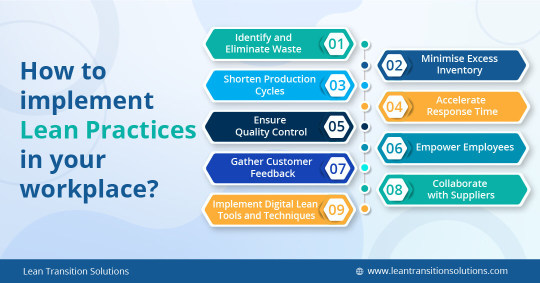
How to implement Lean Practices in your workplace ?
Implementing lean practices in your workplace can significantly improve efficiency, productivity, and overall business performance. Integrating these lean practices into your workplace can achieve a more efficient, responsive, and customer-focused organisation. Remember to continuously review and refine your processes to maintain a culture of continuous improvement.
For more details read our blog : https://leantransitionsolutions.com/Lean-Technology/what-is-lean-methodology
#leanmethodology#continuousimprovement#Leanpractices#ValueStream#Kanban#Kaizen#leantools#valuestreammapping#leantechniques#Leanmanufacturing#5Ssoftware#kanbansoftware#tasktracking#CMMSSoftware
0 notes
Text

What is Lean Transformation?
Lean transformation is a systematic methodology for process improvement to address organisational or team-level challenges through strategic changes.
Read more about Lean Transformation from our blog: https://leantransitionsolutions.com/Lean-Technology/lean-transformation
#leanmanagement#leanmanufacturingprinciples#leanmethodology#leanmanufacturing#leanprinciples#leanprojectmanagement#leanmanufacturingtools#leantools
0 notes
Text
Choosing The Right Visual Management System: 10 things to keep in mind
Plan your strategic development with Digital SQDC visual management boards. Track your daily management process by measuring how the process is performing against Safety, Quality, Delivery and Cost.
Read More: https://balancedscorecard.ltslean.com/sqdc-visual-management-huddle-board
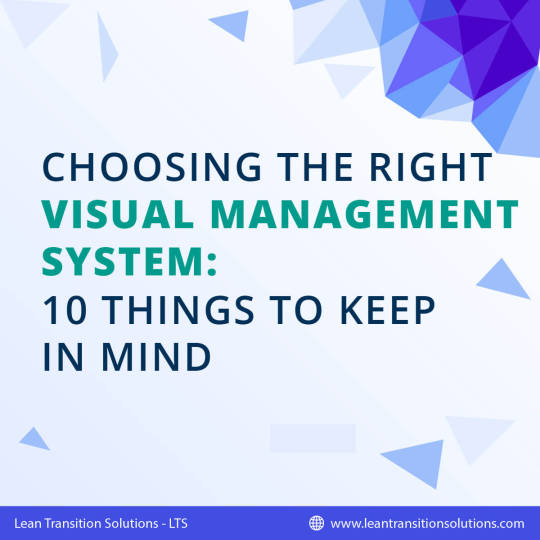
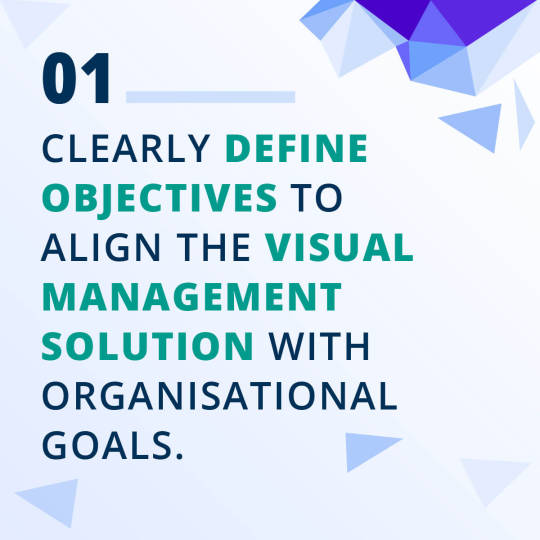
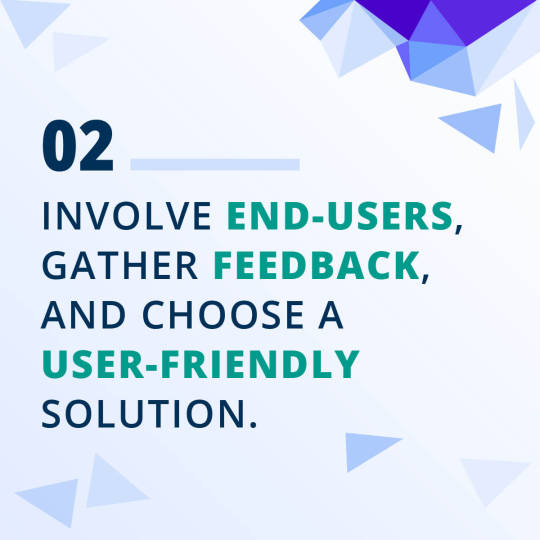
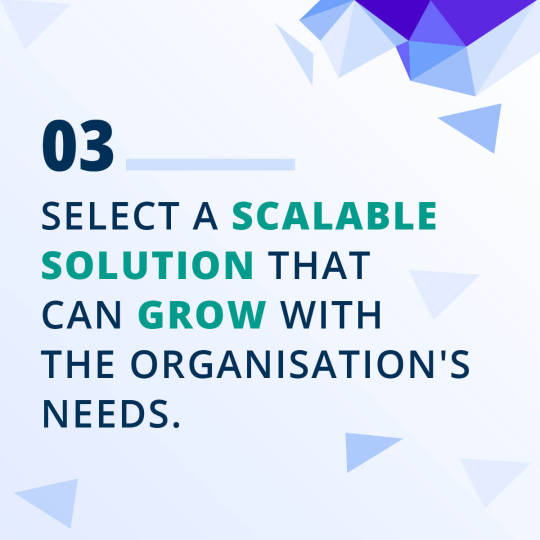
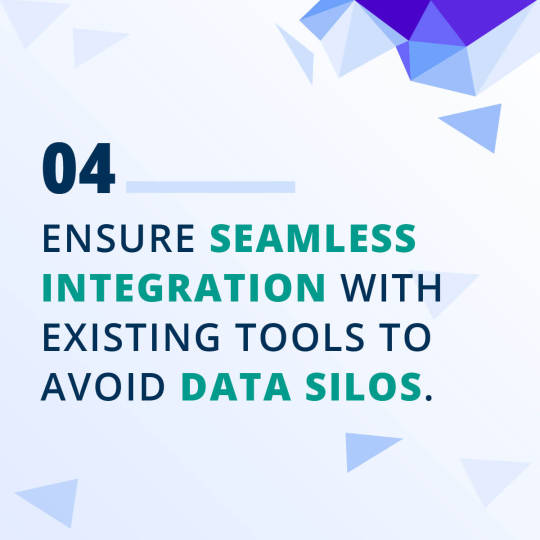
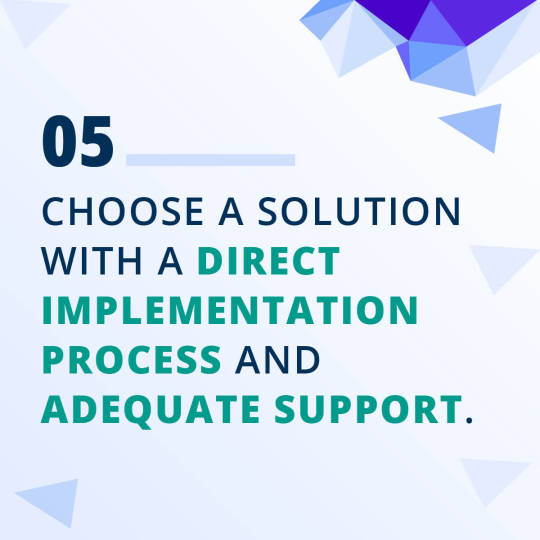

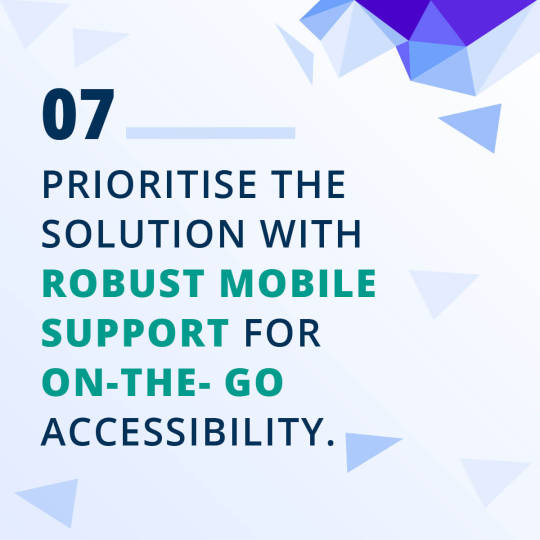
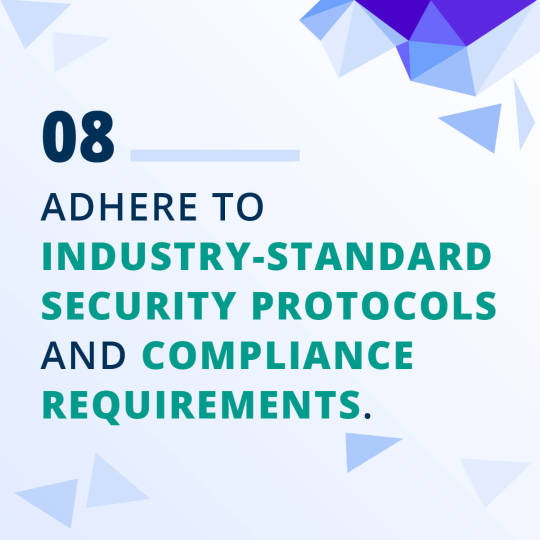
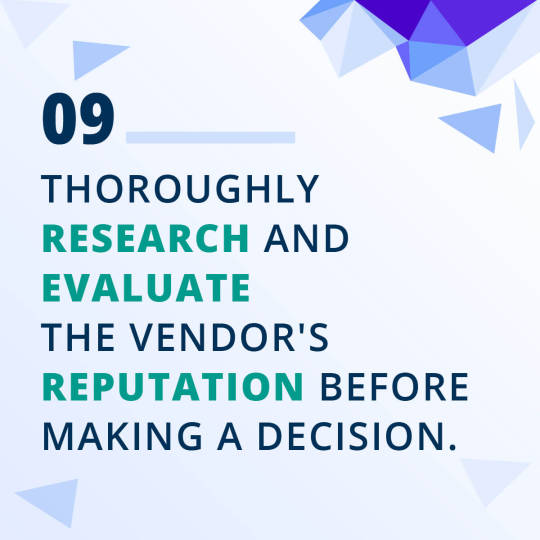
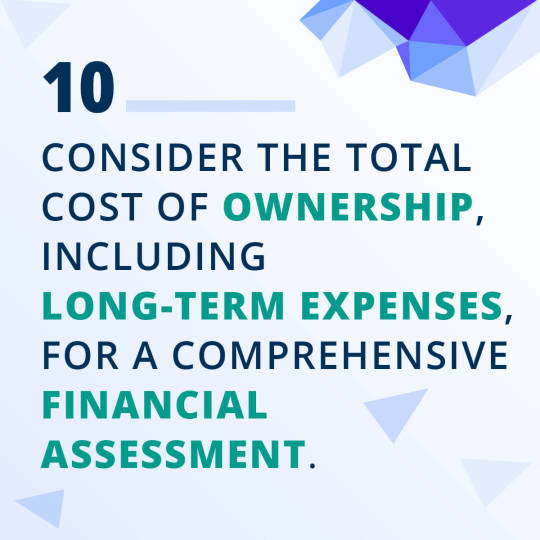
#leanmanufacturing#visualmanagement#VisualManagementTools#sqcdp#sqcpl#fcil#esqdcp#sqdcl#sqdcpsi#eqdcps#sheqcpldcps#sqdc#huddleboard#leanmanagement#leanproduction#leanmethodology#leansystem#visualcontrol#leancontrol#visuallean#5svisual#controllean#KPI#Kanbanboards#balancedscorecard#datapoint#Lean#lts#Industry4.0#Leantransitionsolutions
0 notes